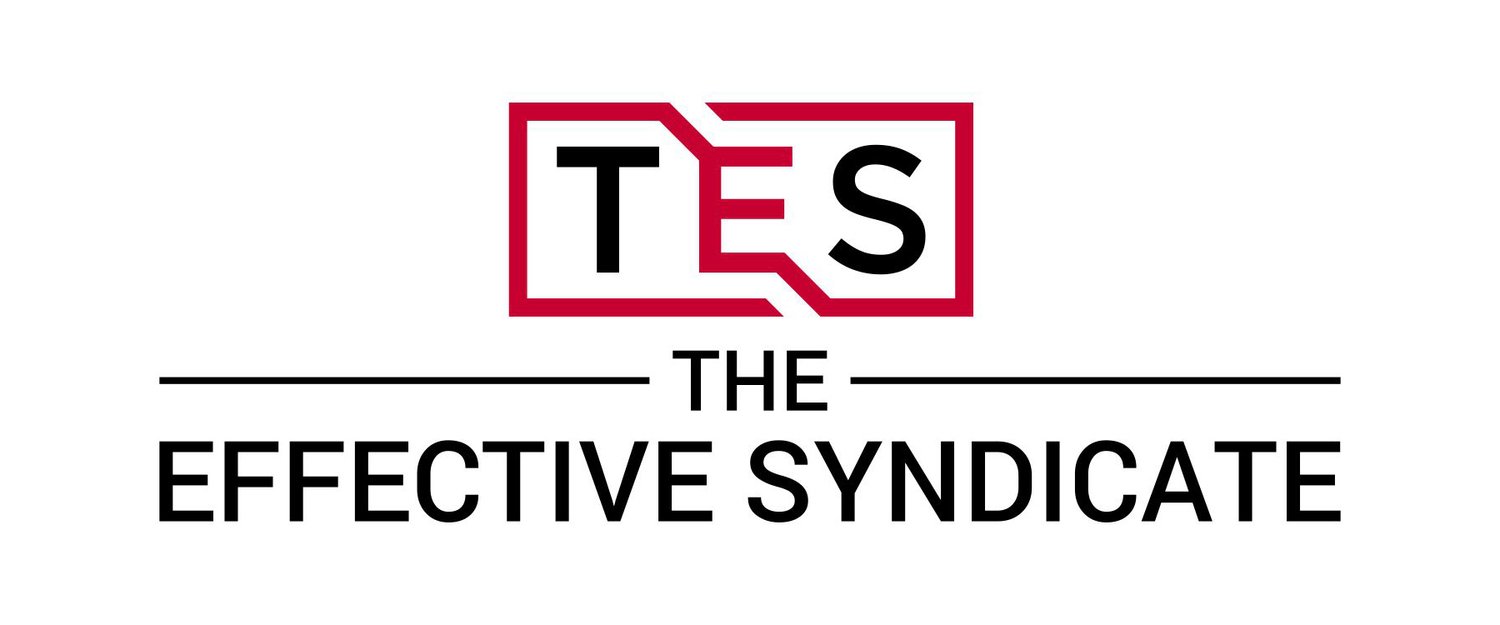When's the Right Time to Implement an ERP?
In the world of continuous improvement, having data is a cornerstone to understanding where to improve and measuring your efforts in doing so. So it’s natural to want to build technology systems to capture data across your business. A popular choice of technology solutions is the integrated Enterprise Resource Planning (ERP) system. This blog is focused on when is the right time to implement an ERP system relative to the Continuous Improvement process.
ERPs come in many shapes and sizes, from behemoth, multi-million-dollar solutions that require an army of analysts to maintain to small, cloud-based subscription models. There are even free open source versions out there as well. But regardless of the solution you choose – a detailed topic in and of itself – implementing an ERP system is a daunting task. Generally, the implementation costs far outweigh the cost of the software and the risk to your business of a poorly-implemented ERP can be catastrophic.
So you might be questioning if it’s worth it to consider an ERP. And if it is worth it, when should you implement it? Should you use the implementation to drive your process improvement initiatives? Of course, the answer often depends on your situation but here are some thoughts on the matter from the experience of an IT/Lean Leader:
Should you implement an ERP? In most cases, yes!
The properly selected and implemented ERP can do amazing things for your business. It can force standardized work across your core business process. It can capture detailed process information that can be used to identify process gaps and areas of cost overruns to drive improvement projects and kaizen. It also streamlines the flow of information across the business, providing visibility and driving accountability. And it automates business processes and reporting, freeing your people up to do real value-added work. So overall, it can really help your business. But it needs to be the right solution and implemented well. Failure to do these two things are what drives the horrific ERP failure rates we see so often.
So when should you implement an ERP?
The decision on when to implement an ERP relies on several factors, such as resource availability, vendor timing and funding, the overall business cycle and other significant company projects that are already underway. In general terms, we recommend the following approach:
People then Process then Technology
ERP, like adopting a continuous improvement philosophy, is a monumental change for your most valuable asset, your people. If you are already driving Lean effectively within your organization, you are already starting the philosophical culture change that an ERP initiative requires – one that starts with explaining the ‘why’ to your people. Why is change required? What do we risk by not changing our operations and culture? If you have not addressed a reason for change and explicitly defined and communicated your ‘why,’ do this before starting an ERP journey. As humans, we need to understand the why, and we see this as a miss all too often.
Once your ‘why’ statement is in place and you are communicating this frequently to your team, start taking a look at your processes. ERPs are meant to address the majority of your enterprise’s processes. Knowing which system to select and implement requires an understanding of what I refer to as your ‘process portfolio.’ Understanding your value streams and your major processes – in their current state form – is crucial. Mapping these processes and understanding where they are weak or ineffective is critical to building a business case for your ERP project.
At this point, we recommend resolving as many process gaps as you can prior to starting software implementation. The old adage is valid: it is truly wasteful to automate bad process. Implementing the ERP when you have major process efficiency problems is only kicking the can down the road – you’ll still have poor processes; only now you have a complex software solution trying to support them. Resolve the major gaps first. Many of the smaller gaps can be addressed by the ERP implementation itself. Don’t think you need to close all process gaps before implementing ERP; if you do, you’ll never implement the software!
Finally, make sure that you select and implement software that supports your business processes and business needs instead of software that causes you to force your business into a process. The ERP should support and facilitate the needs of the business, the business should not fulfill the needs of the software. While this may sound unnecessary to explain, we we have helped a lot of companies who have become almost a prisoner to their software for this reason. Your software supports your business, not the other way around.
While ERP solutions and continuous improvement philosophies often appear at odds with one another, we believe that they can both be complementary approaches to improving your business. Use your Lean adoption to start cultural change and immediately close process gaps. Follow this up with automating your processes and information flow with an ERP and you’ll be ready to scale your business and drive world class performance, and simply be more Effective.
